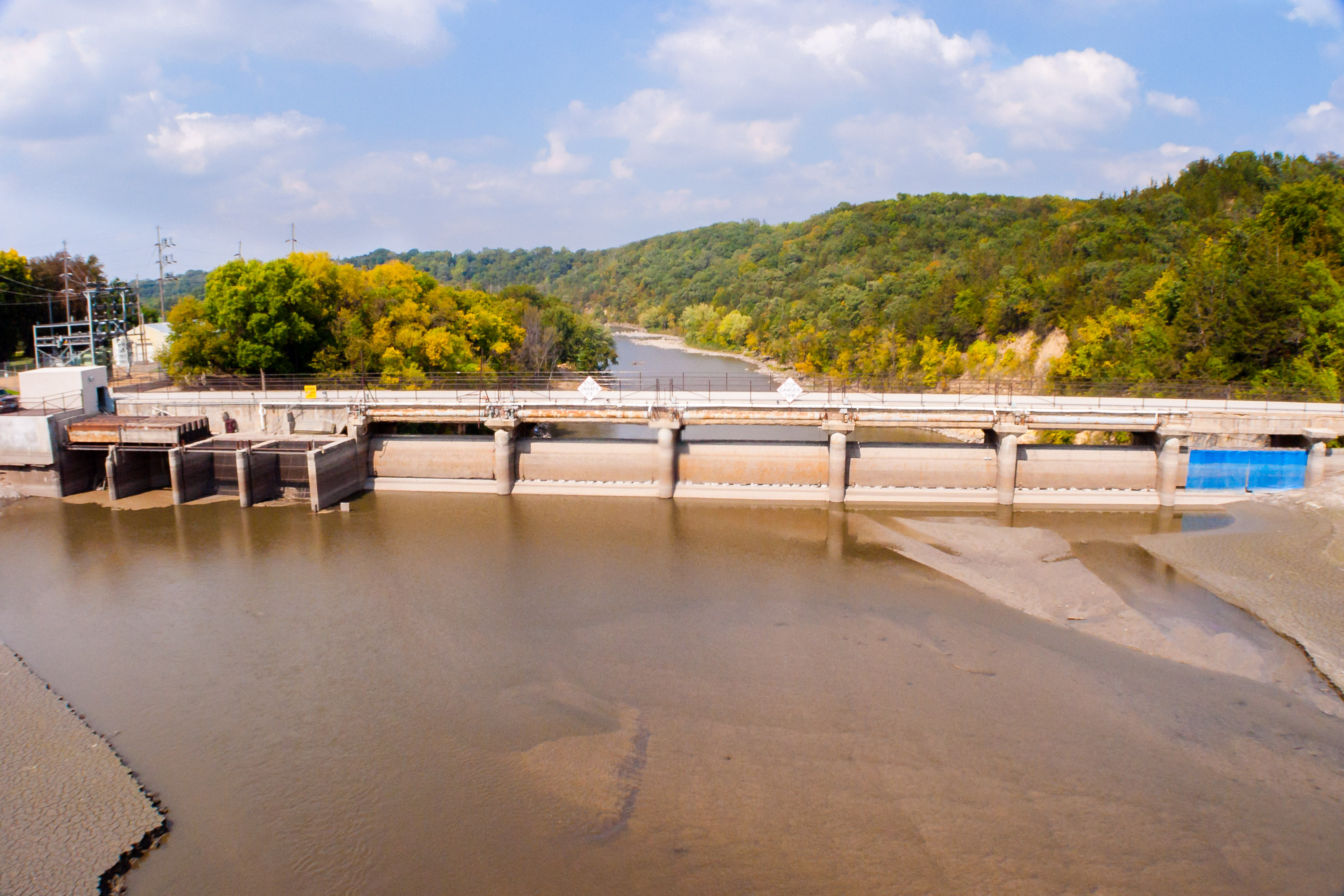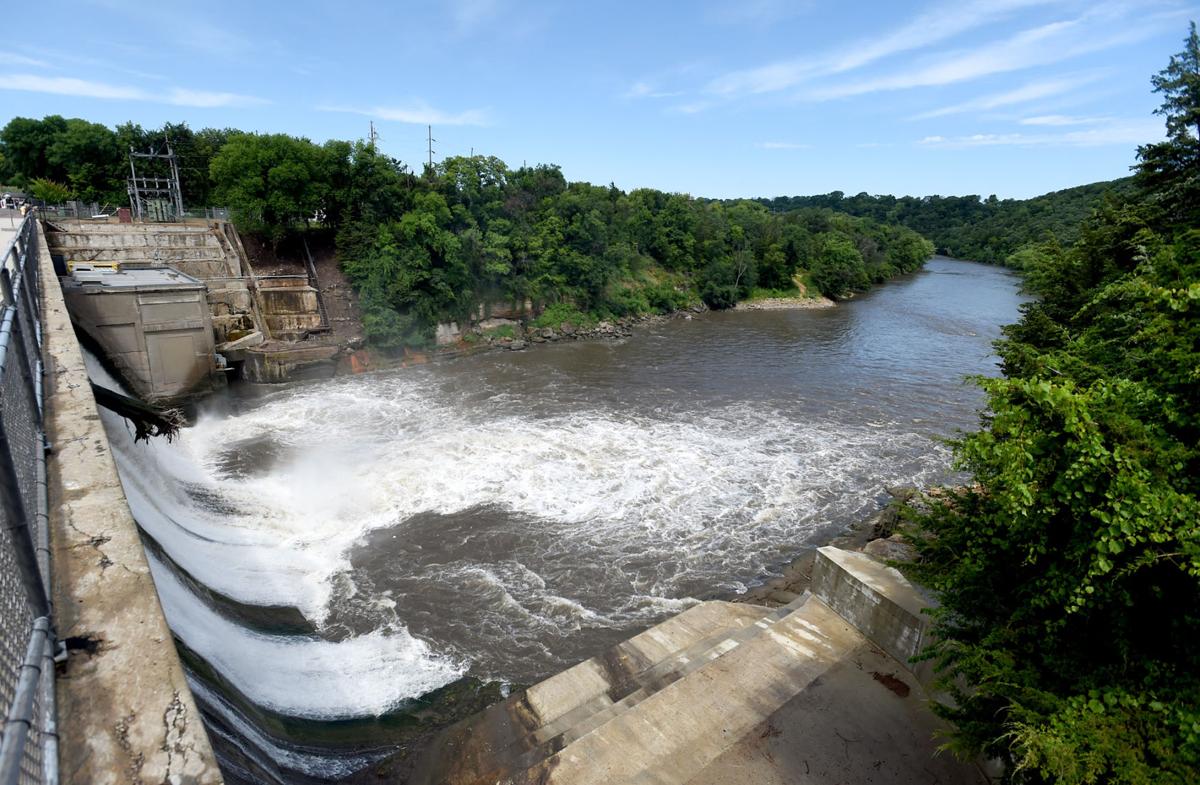Location and History of the Rapidan Dam
Where is rapidan dam – The Rapidan Dam, an architectural marvel and a testament to human ingenuity, stands majestically amidst the breathtaking Blue Ridge Mountains in Virginia, United States. Located just 90 miles southwest of Washington, D.C., the dam has played a pivotal role in shaping the landscape and history of the surrounding region.
Nestled amidst the picturesque Black Hills of South Dakota, Rapidan Dam stands as a testament to human ingenuity. However, a catastrophic event in 1972, known as the rapidan dam break , forever etched its name in the annals of history.
Today, visitors to the Rapidan Dam site can learn about the dam’s past and its enduring legacy, as well as the resilience of the surrounding community.
The dam’s genesis can be traced back to the early 20th century when the need for a reliable water supply for the rapidly growing city of Washington, D.C., became imperative. In 1918, Congress authorized the construction of the Rapidan Dam as part of the larger Shenandoah National Park project. The dam’s primary purpose was to create a reservoir to supply water to the nation’s capital and to control flooding in the Rappahannock River basin.
The Rapidan Dam, located on the Rapidan River in Virginia, plays a crucial role in regulating the flow of water to the Minnesota River. This river, which flows through Minnesota and Iowa, provides a vital water source for communities and industries in the region.
The Rapidan Dam ensures a steady supply of water to the Minnesota River, making it a key part of the water management system in the area.
Construction and Engineering
The construction of the Rapidan Dam commenced in 1923 and was completed in 1932. The massive structure is a concrete gravity dam, spanning 1,100 feet in length and rising 110 feet above the riverbed. Its design incorporates a series of spillways and gates to regulate the flow of water, ensuring a constant supply to the city and preventing catastrophic flooding downstream.
Curious wanderers seeking the Rapidan Dam’s whereabouts will find solace in its picturesque location. Situated amidst the tranquil embrace of Virginia’s Blue Ridge Mountains, the dam’s precise coordinates can be discovered through the rapidan dam location guide. This beacon of engineering marvel stands as a testament to the region’s rich history and natural beauty, inviting travelers to immerse themselves in its captivating allure.
Historical Significance
Beyond its practical functions, the Rapidan Dam holds immense historical significance. During World War II, the dam’s reservoir served as a training ground for amphibious landings, preparing American troops for the D-Day invasion. The dam also played a crucial role in the Cold War, as it was designated as a potential target for Soviet nuclear attack due to its proximity to Washington, D.C.
Impact on the Surrounding Area
The Rapidan Dam has had a profound impact on the surrounding area. The creation of the reservoir, known as Lake Rapidan, transformed the landscape, creating a picturesque haven for recreation and tourism. The lake’s crystal-clear waters and abundant wildlife attract visitors from far and wide, providing a sanctuary for outdoor enthusiasts and nature lovers.
Nestled amidst the picturesque landscapes of the upper Minnesota River , Rapidan Dam stands as a testament to human ingenuity. Its massive concrete structure spans the river’s course, creating a serene reservoir that stretches for miles upstream, offering breathtaking views of the surrounding countryside.
Engineering and Design Features of the Rapidan Dam: Where Is Rapidan Dam

The Rapidan Dam stands as a testament to human ingenuity and engineering prowess. Constructed in the early 20th century, this impressive structure showcases innovative design principles and techniques that have ensured its resilience and effectiveness over time.
Structural Design and Dimensions, Where is rapidan dam
The Rapidan Dam is a concrete gravity dam, utilizing the weight of its massive structure to withstand the immense pressure of the impounded water. It rises to a height of 108 feet and stretches across a length of 850 feet, creating a reservoir with a capacity of 325,000 acre-feet.
Spillways and Gates
To manage the flow of water and prevent overtopping, the Rapidan Dam is equipped with two spillways. The primary spillway is a gated ogee weir, which allows for precise control of water discharge. An auxiliary spillway, a chute spillway, provides additional capacity during periods of high flow.
Other Structural Components
In addition to its spillways and gates, the Rapidan Dam features a series of other structural components that enhance its stability and functionality. These include an intake tower, a powerhouse, and a tailrace. The intake tower houses the intake gates that regulate the flow of water to the powerhouse, where turbines generate electricity.
Environmental Impact and Management of the Rapidan Dam

The construction and operation of the Rapidan Dam have had both positive and negative impacts on the surrounding ecosystem. The dam’s reservoir has created a new habitat for fish and wildlife, and it has also provided a source of irrigation water for farmers in the area. However, the dam has also blocked the migration of fish upstream, and it has altered the flow of water in the Rappahannock River.
To mitigate the dam’s impact on the environment, a number of measures have been taken. These measures include:
- Water quality monitoring: The water quality in the Rapidan Reservoir is monitored regularly to ensure that it meets state and federal standards.
- Fish passage: A fish ladder has been installed at the dam to allow fish to migrate upstream.
- Habitat restoration: A number of projects have been undertaken to restore habitat for fish and wildlife in the area.
The Rapidan Dam is an important source of energy for the region, and it also provides a number of recreational opportunities. However, it is important to balance the dam’s benefits with the need to protect the environment. The measures that have been taken to mitigate the dam’s impact on the environment are a step in the right direction, and they will help to ensure that the dam can continue to provide benefits for generations to come.
Ongoing Efforts to Balance Energy Production and Environmental Preservation
The Rapidan Dam is a complex and dynamic system, and there are ongoing efforts to balance the dam’s energy production with the need to protect the environment. These efforts include:
- Adaptive management: The dam’s operation is constantly being adjusted to minimize its impact on the environment.
- Research and monitoring: Scientists are conducting research to better understand the dam’s impact on the ecosystem, and they are monitoring the dam’s effects on fish and wildlife.
- Stakeholder involvement: A variety of stakeholders, including government agencies, environmental groups, and local communities, are involved in the decision-making process regarding the dam’s operation.
The ongoing efforts to balance energy production and environmental preservation at the Rapidan Dam are a model for how dams can be operated in a sustainable way. These efforts are helping to ensure that the dam can continue to provide benefits for both people and the environment.
The Rapidan Dam, a towering testament to human ingenuity, stands majestically within the serene landscapes of Blue Earth County. Its vast reservoir, a shimmering expanse of azure, reflects the grandeur of the surrounding hills, creating a breathtaking panorama that captivates the soul.
As the sun sets, casting golden hues across the water, the Rapidan Dam transforms into a beacon of tranquility, inviting visitors to immerse themselves in the beauty of nature’s embrace.